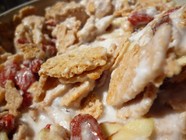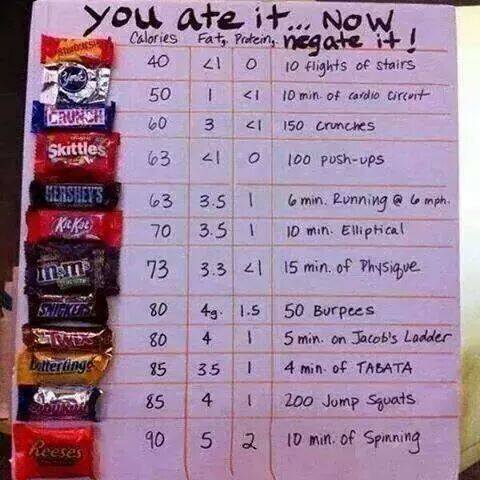A friend sent me the No Junk Food Challenge this past week and I thought it was worth sharing. We often make New Year’s resolutions that involve things like eating healthier and losing weight. Limiting these foods (and fake foods!) will result in a healthier and leaner you!
To your good health!
Gail Grieger





 RSS Feed
RSS Feed